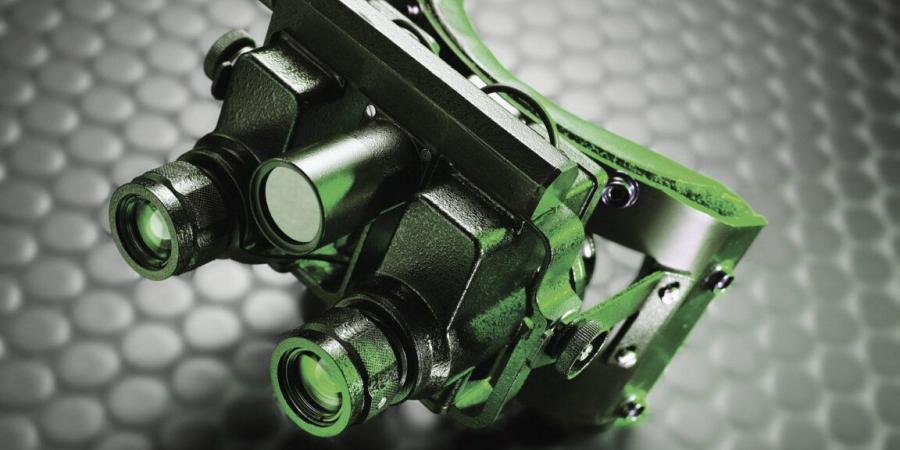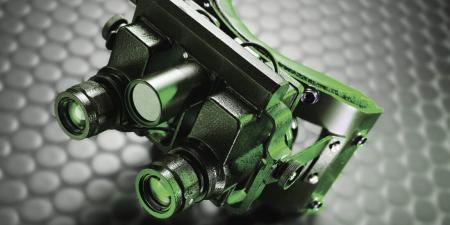One way to do that is called remote epitaxy, where an intermediate layer made out of graphene or other material is introduced in between the substrate and the growing crystals. Once the epitaxy process is done, the substrate and everything on it is soaked in a chemical solution that dissolves this intermediate layer, leaving the crystalline film intact. This works but is expensive, difficult to scale, and takes a lot of time. To make the process cheaper and faster, the MIT team had to grow the crystals directly on the substrate, without any intermediate layers. What they were trying to achieve was a non-stick frying pan effect but at an atomically small scale.
Weakening the bonds
The material that prevented the crystalline films from sticking to substrates wasn’t Teflon but lead. When the team was experimenting with growing different films in their previous studies, they noticed that there was a material that easily came off the substrate, yet retained an atomically smooth surface: PMN-PT, or lead magnesium niobate-lead titanate.
The lead atoms in the PMN-PT weakened the covalent bonds between the film and the substrate, preventing the electrons from jumping through the interface between the two materials. “We just had to exert a bit of stress to induce a crack at the interface between the film and the substrate and we could realize the liftoff,” Zhang told Ars. “Very simple—we could remove these films within a second.”
But PMN-PT, besides its inherent non-stickiness, had more tricks up its sleeves; it had exceptional pyroelectric properties. Once the team realized they could manufacture and peel away PMN-PT films at will, they tried something a bit more complex: a cooling-free, far-infrared radiation detector. “We were trying to achieve performance comparable with cooled detectors,” Zhang says.
The detector they constructed was made from 100 pieces of 10-nanometer-thin PMN-PT films, each about 60 square microns, that the team transferred onto a silicon chip. This produced a 100-pixel infrared sensor. Tests with ever smaller changes in temperature indicated that it outperformed state-of-the art night vision systems and was sensitive to radiation across the entire infrared spectrum. (Mercury cadmium telluride detectors respond to a much narrower band of wavelengths.)








0 تعليق